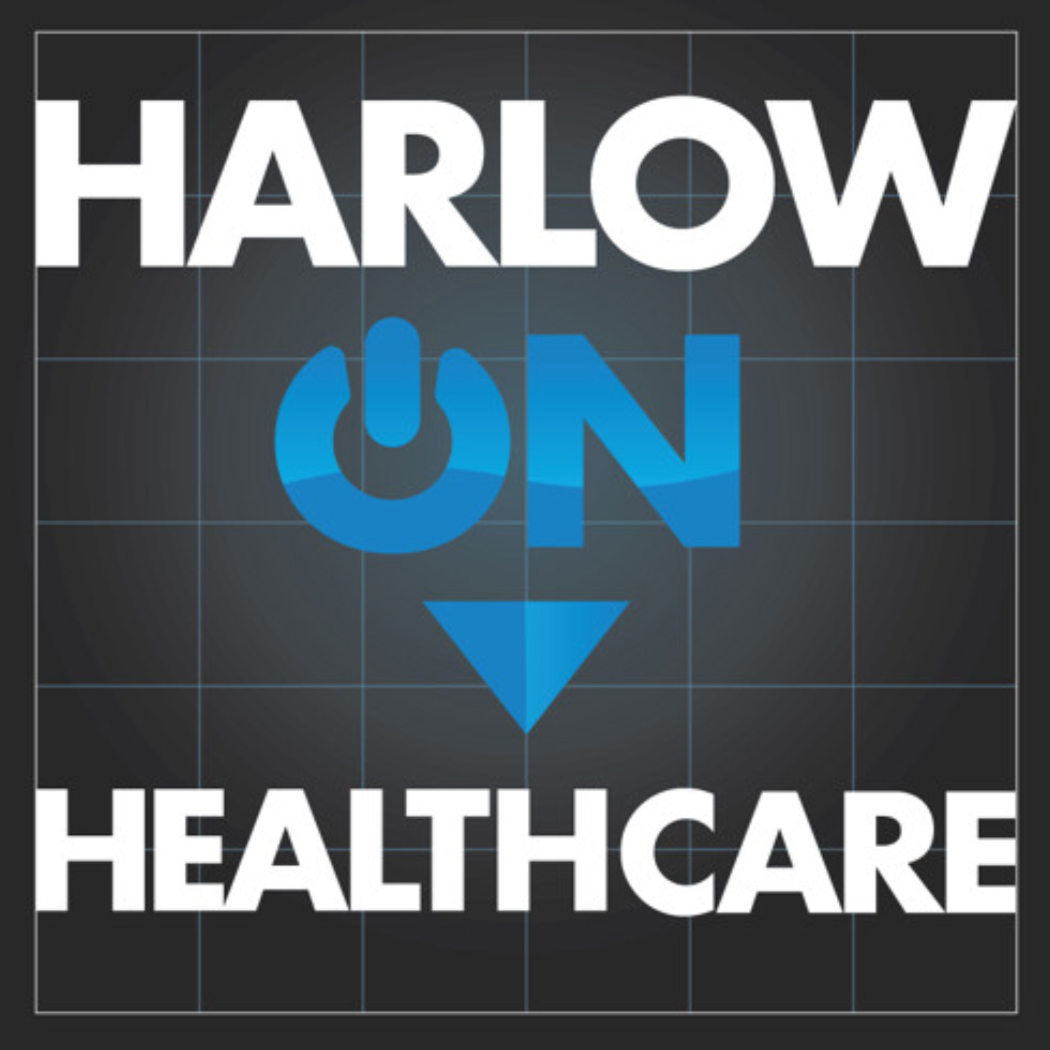Efforts to reduce hospital readmissions have been focused on a handful of diagnoses and on government payors (primarily Medicare). In order to get a handle on the roughly 15% of the U.S. health care spend that goes to readmissions, it is vital to have a better understanding of what these readmissions are for, who is experiencing them, and why. Not every readmission is a preventable readmission — though health reform wonks are pretty highly focused on preventable readmissions for specific diagnoses (starting with acute myocardial infarction, heart failure and pneumonia).
Here's the data from 2011, thanks to HCUP (the Healthcare Utilization and Cost Project) at AHRQ:
- In 2011, there were approximately 3 million adult hospital readmissions in the United States, and they were associated with about $41.3 billion in hospital costs.
- For Medicare patients, the three conditions with the largest number of readmissions were congestive heart failure (134,500 readmissions), septicemia (92,900 readmissions), and pneumonia (88,800 readmissions). These conditions resulted in about $4.3 billion in hospital costs.
- For Medicaid patients, the three conditions with the largest number of readmissions were mood disorders (41,600 readmissions), schizophrenia (35,800 readmissions), and diabetes (23,700 readmissions). These conditions resulted in about $839 million in hospital costs.
- For the privately insured, the three conditions with the largest number of readmissions were maintenance chemotherapy (25,500 readmissions), mood disorders (19,600 readmissions), and complications of surgical or medical care (18,000 readmissions). These conditions resulted in about $785 million in hospital costs.
This statistical brief includes data on the top ten principal diagnoses for the original hospital stay, for each payor type, which is useful information to have at hand when discussing whether readmissions are preventable. We shouldn't be dinging hospitals for readmissions that are not preventable. Some situations are clear-cut; others are less so. Perhaps data sets like this will allow for more narrowly tailored policies and incentives to be developed in the future.
Conditions With the Largest Number of Adult Hospital Readmissions by Payer, 2011
David Harlow
The Harlow Group LLC
Health Care Law and Consulting


